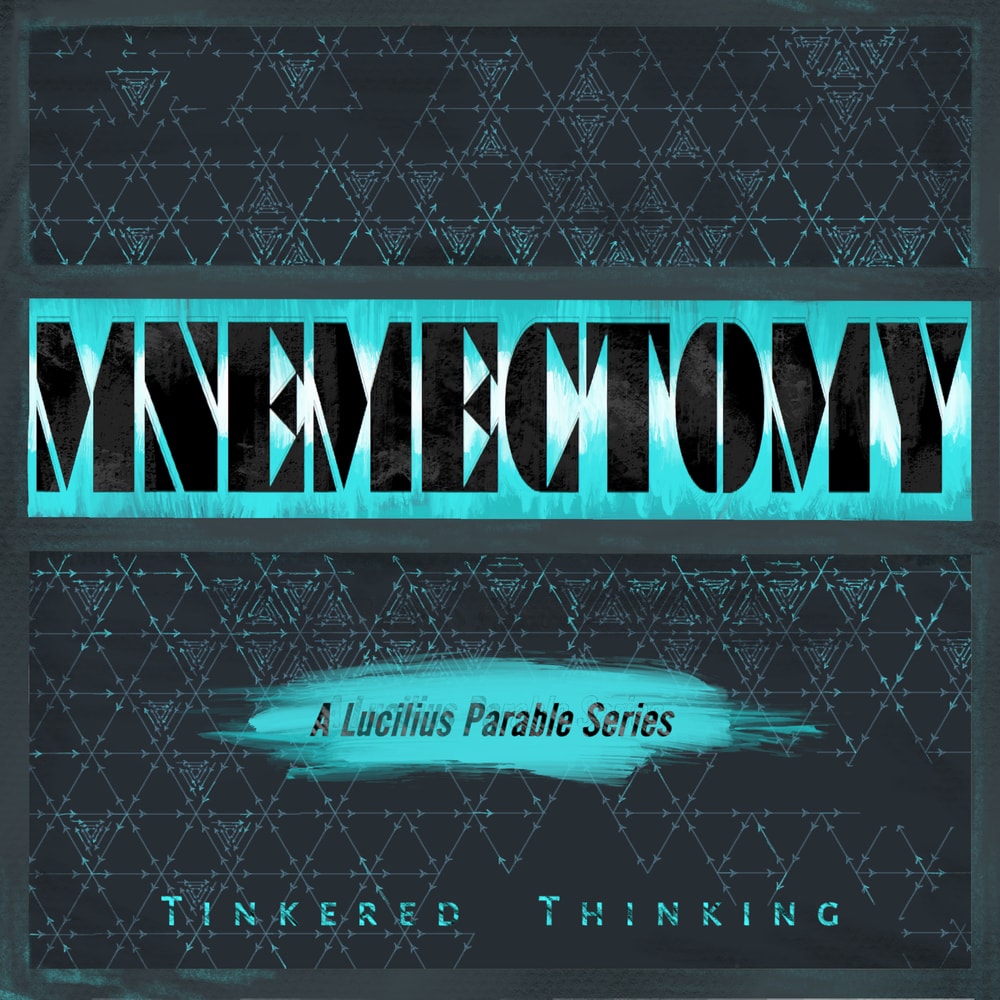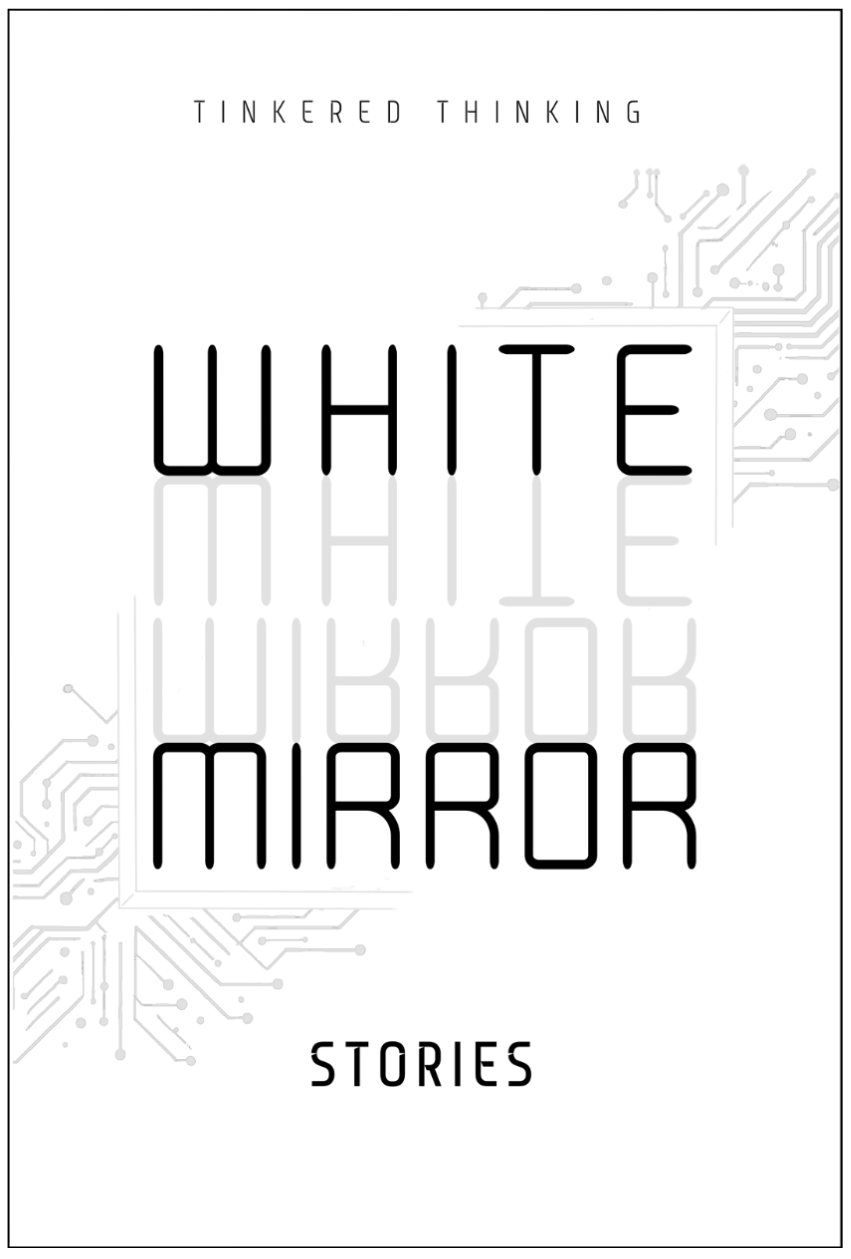Daily, snackable writings to spur changes in thinking.
Building a blueprint for a better brain by tinkering with the code.
subscribe
rss Feeds
SPIN CHESS
A Chess app from Tinkered Thinking featuring a variant of chess that bridges all skill levels!
REPAUSE
A meditation app is forthcoming. Stay Tuned.
SILENT MIND
March 11th, 2021
As a species we don’t seem to have any provisions about sound. Fact is: if there are people around, chances are, it’s loud. Cities are enormously noisy, but even the eerie silence of a lifeless suburb is daily destroyed by the infernal buzz of some landscaping device. The only structural prohibitions regarding sound have to do with either professional recording, movie theatres, or ironically, libraries - ironic because when libraries first came into existence they were very noisy affairs. Apparently it took mankind a while to figure out how to read silently.
The forceful lack of silence in urban areas begs an interesting question: are we simply careless about silence, or are we purposely trying to drown something out?
If it is silent, what exactly is left over? We often seek company, even if it’s just the TV blabbing nonsense in the other room, and the reason for many is due to a horrifying vulnerability. If it’s truly silent, then we are forced to hear our own selves: our thoughts.
For some who purposely seek out silence, it’s often because listening to their own thoughts is a pleasant, interesting and fruitful experience. For others it’s an anxiety to avoid, perhaps because thoughts are dominated by negative self-talk, or simply because there’s a fear about what might be there, or what may not be there.
Our relationship to silence is a gauge of our relationship with ourself.
This dual quality of existence is perhaps an accurate way to look at it. While we can’t multitask with a dozen things, attention can be safely divided into two. Just think of a pianist that is doing two radically different things with each hand simultaneously and in concert. Or someone who is driving a manual car and working the stick shift with one hand while turning the wheel with the other. Our brain itself is famously sectioned into two symmetrical hemispheres, each with their own manner of attention.
So when it comes to this experience of the ‘self’, it can very easily slide into the form of a friendship. The brain will think it’s thoughts and we can - perhaps with a bit of training - sit back and just listen, as we would with a good friend.
There is the widespread misconception that meditation is the absence of thoughts. People seem to imagine a silent mind. But this is far from the case. If anything, much of what meditation achieves is a different relationship to this internal, buzzing, talking self. The connection of meditation to compassion is no accident. After enough effort toggling attention and exploring the mind, a compassion arises as it would for a good friend who we have come to know. Now certainly there are other aspects of meditation that are beyond the scope of this episode which aide this transformation of attention and compassion, but the idea of a self-contained friendship is not inaccurate. The larger point is that the mind is rarely, if ever silent. Like a city of consciousness, it’s rarely quiet, and even when it is quiet there is still something going on, be it the feel and smell of soft spring air, the ache of a knee unaccustomed to the sitting posture, or an electric jitter from a cup of coffee taking effect.
Unfortunately, much of the external world is designed with little consideration for this internal world, and we are constantly pulled away from our own internal world to be overwhelmed or lost in the stimulation of brightly coloured apps, honking traffic, screaming engines and of course other people, haggling, complaining, bickering and trying in vain to extract from others what they f
-compressed.jpg)





